Related Research Articles

The Violin Concerto in D major, Op. 61, was written by Ludwig van Beethoven in 1806. Its first performance by Franz Clement was unsuccessful and for some decades the work languished in obscurity, until revived in 1844 by the then 12-year-old violinist Joseph Joachim with the orchestra of the London Philharmonic Society conducted by Felix Mendelssohn. Joachim would later claim it to be the "greatest" German violin concerto. Since then it has become one of the best-known and regularly performed violin concertos.

Eugène-Auguste Ysaÿe was a Belgian virtuoso violinist, composer, and conductor. He was regarded as "The King of the Violin", or, as Nathan Milstein put it, the "tsar".
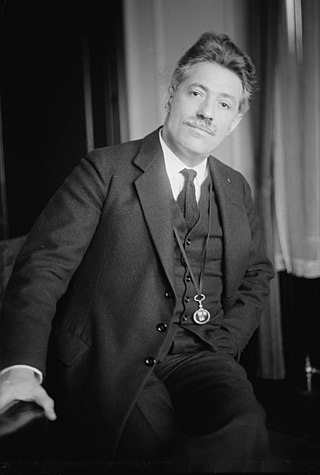
Friedrich "Fritz" Kreisler was an Austrian-born American violinist and composer. One of the most noted violin masters of his day, and regarded as one of the greatest violinists of all time, he was known for his sweet tone and expressive phrasing. Like many great violinists of his generation, he produced a characteristic sound which was immediately recognizable as his own. Although it derived in many respects from the Franco-Belgian school, his style is nonetheless reminiscent of the gemütlich (cozy) lifestyle of pre-war Vienna.
A sonatina is a small sonata. As a musical term, sonatina has no single strict definition; it is rather a title applied by the composer to a piece that is in basic sonata form, but is shorter and lighter in character, or technically more elementary, than a typical sonata. The term has been in use at least since the late baroque; there is a one-page, one-movement harpsichord piece by Handel called "Sonatina". It is most often applied to solo keyboard works, but a number of composers have written sonatinas for violin and piano, for example the Sonatina in G major for Violin and Piano by Antonín Dvořák, and occasionally for other instruments, for example the Clarinet Sonatina by Malcolm Arnold.

The Violin Sonata No. 8 in G major, Op. 30, No. 3, by Ludwig van Beethoven, the third of his Opus 30 set, was written between 1801 and 1802, published in May 1803, and dedicated to Tsar Alexander I of Russia.

Gaetano Pugnani was an Italian composer and violinist.
The International Fritz Kreisler Competition is a violin competition dedicated to the memory of violinist and composer Fritz Kreisler.
The Adélaïde Concerto is the nickname of a violin concerto in D major attributed to Wolfgang Amadeus Mozart and given the catalogue number K. Anh. 294a in the third edition of the standard Köchel catalogue of Mozart's works. Unknown until the 20th century, this concerto was later discovered to be a spurious work by Marius Casadesus. It was given a new number in the sixth edition of the Köchel catalogue, K. Anh.C 14.05, as part of the Anhang C designated for spurious or doubtful works which have been attributed to Mozart at some time.
The Holberg Suite, Op. 40, more properly From Holberg's Time, subtitled "Suite in olden style", is a suite of five movements based on eighteenth-century dance forms, written by Edvard Grieg in 1884 to celebrate the 200th anniversary of the birth of Dano-Norwegian humanist playwright Ludvig Holberg (1684–1754).
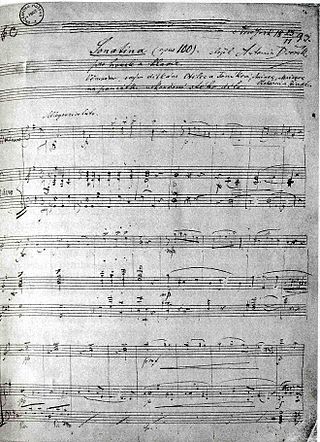
The Sonatina in G major for violin and piano, Op. 100, B. 183, was written by Antonín Dvořák between November 19 and December 3, 1893, in New York City. It was the last chamber composition he wrote during his sojourn in the United States. Dvořák catered the sonatina to the gradually developing musical abilities of his children, especially those of his 15-year-old daughter Otilie and 10-year-old son Toník, who played piano and violin respectively. In a letter to Fritz Simrock on January 2, 1894, Dvořák conceived the piece in the following terms: "It is intended for youths, but even grown-ups, adults, should be able to converse with it..." The sonatina was published by Simrock in Berlin in 1894. It also exists in a version for cello and piano.
Variations on a Theme of Corelli, Op. 42, is a set of variations for solo piano, written in 1931 by the Russian composer Sergei Rachmaninoff. He composed the variations at his holiday home in Switzerland.
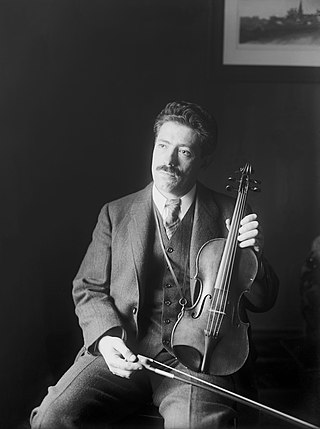
Tambourin Chinois, Op. 3, known in English as Chinese Tambourine or Chinese Drum, is a piece by composer Fritz Kreisler for Violin and Piano. It is one of his most well-known pieces behind his Old Viennese Melodies and Praeludium and Allegro.
A musical hoax is a piece of music composed by an individual who intentionally misattributes it to someone else.
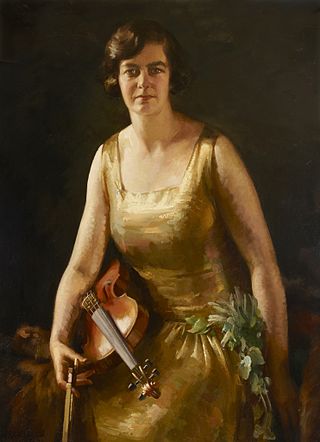
Isolde Marie Menges was an accomplished English violinist who was most active in the first part of the 20th century.
Ruralia hungarica is a name given by the Hungarian composer Ernő Dohnányi to four interrelated works.
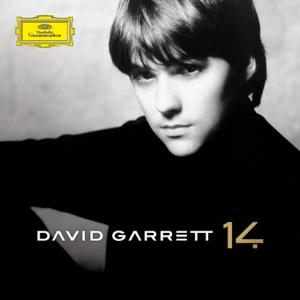
14 is a studio album by German violinist David Garrett. It was released on April 2, 2013, by Deutsche Grammophon GmbH in Berlin. 14 is under exclusive license to Deutsche Grammophon & Decca Classics, U.S., a division of UMG Recordings, Inc.
David Nadien was an American virtuoso violinist and violin teacher. He was the concertmaster of the New York Philharmonic from 1966 to 1970. His playing style, characterized by fast vibrato, audible shifting noises, and superb bow control, has been compared to that of Jascha Heifetz, who is considered by some to be the greatest violinist of all time.
Rafael Druian, was an American violinist, conductor and music educator. He is remembered for his tenures as concertmaster of the Dallas Symphony and Minneapolis Symphony under Antal Dorati, the Cleveland Orchestra under George Szell and the New York Philharmonic under Pierre Boulez.

Praeludium (Prelude), Op. 32, is a piece for piano by Graham Waterhouse, composed in 1992 and published by Lienau in 2002. The virtuoso composition has been played in concert internationally, and was recorded.